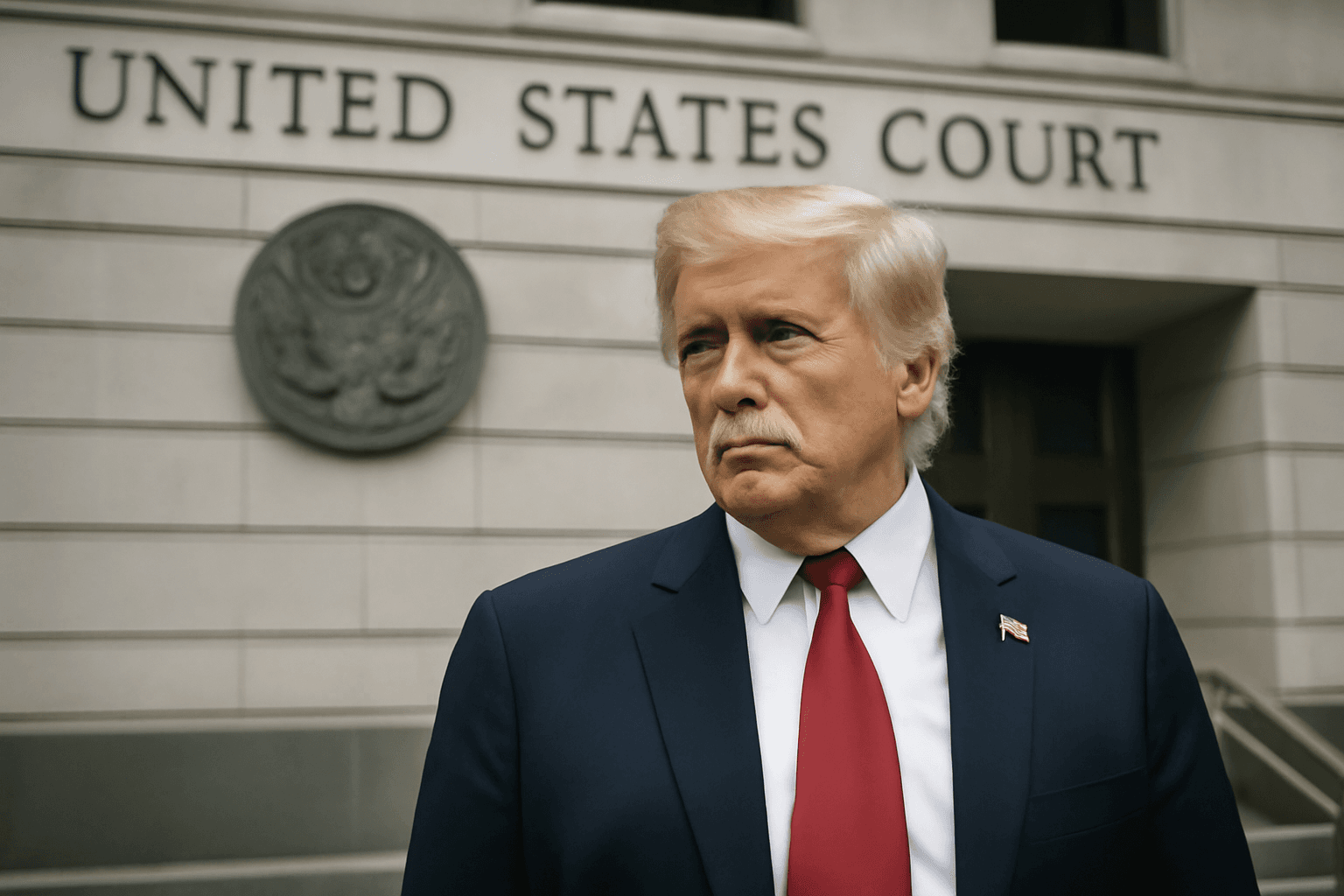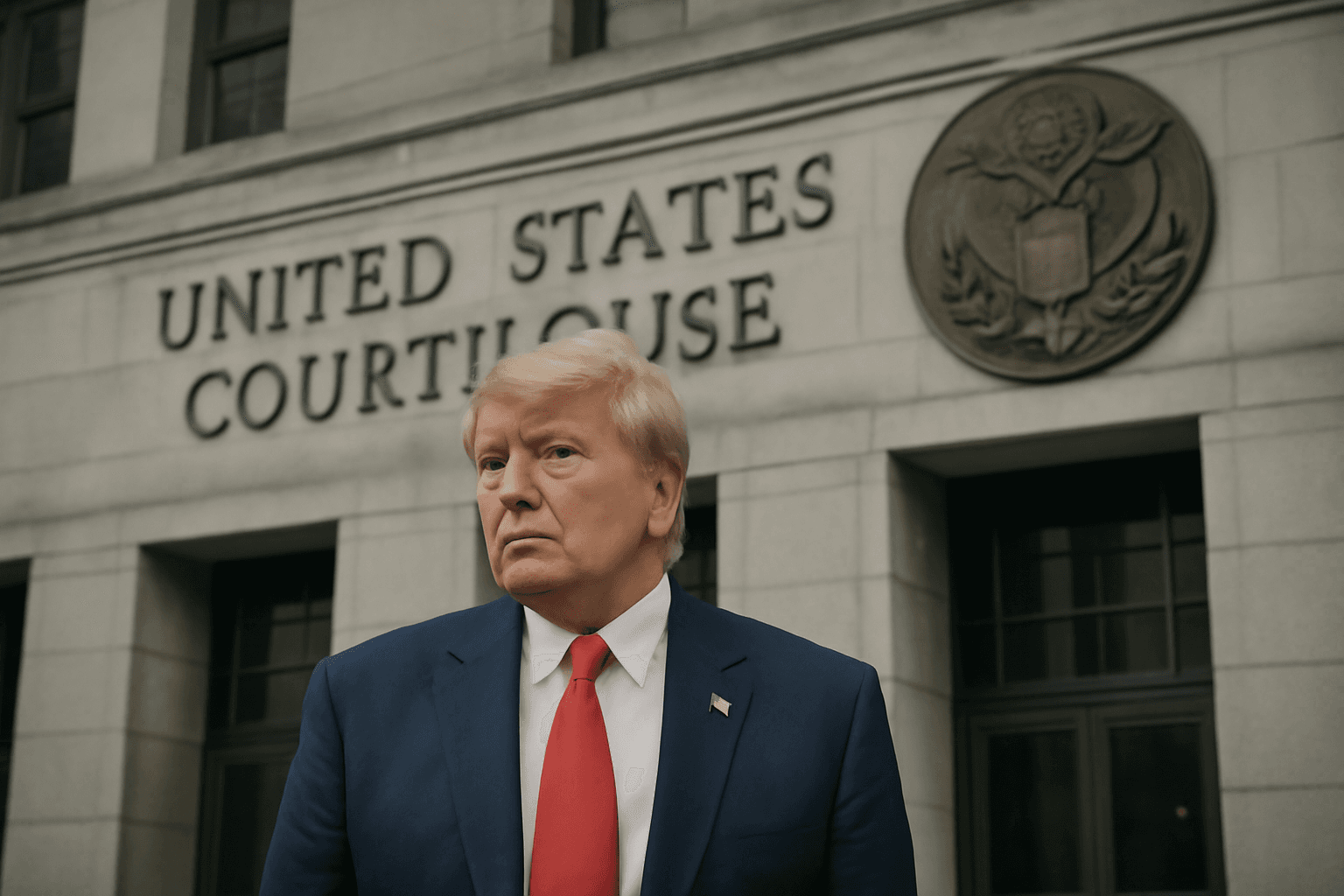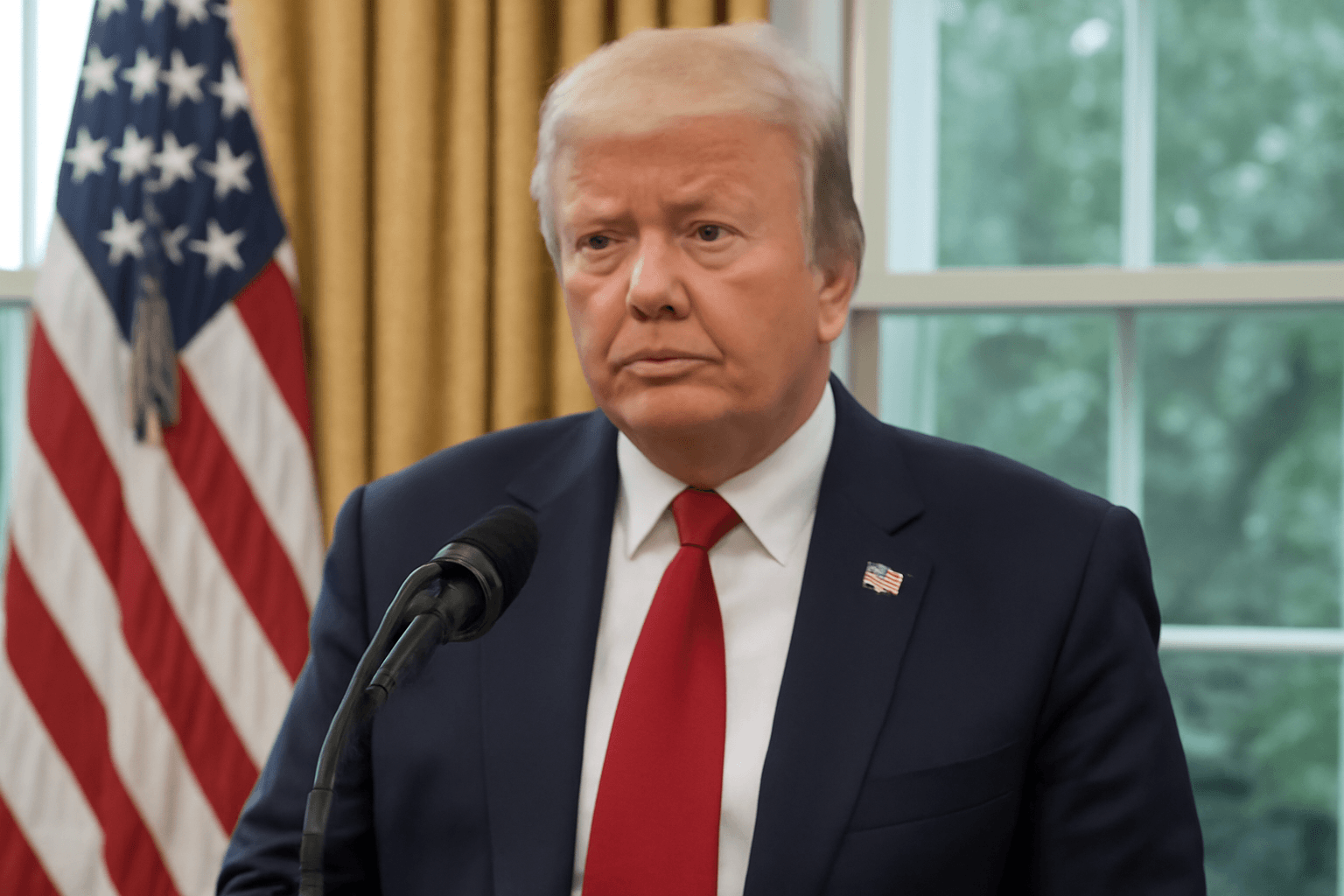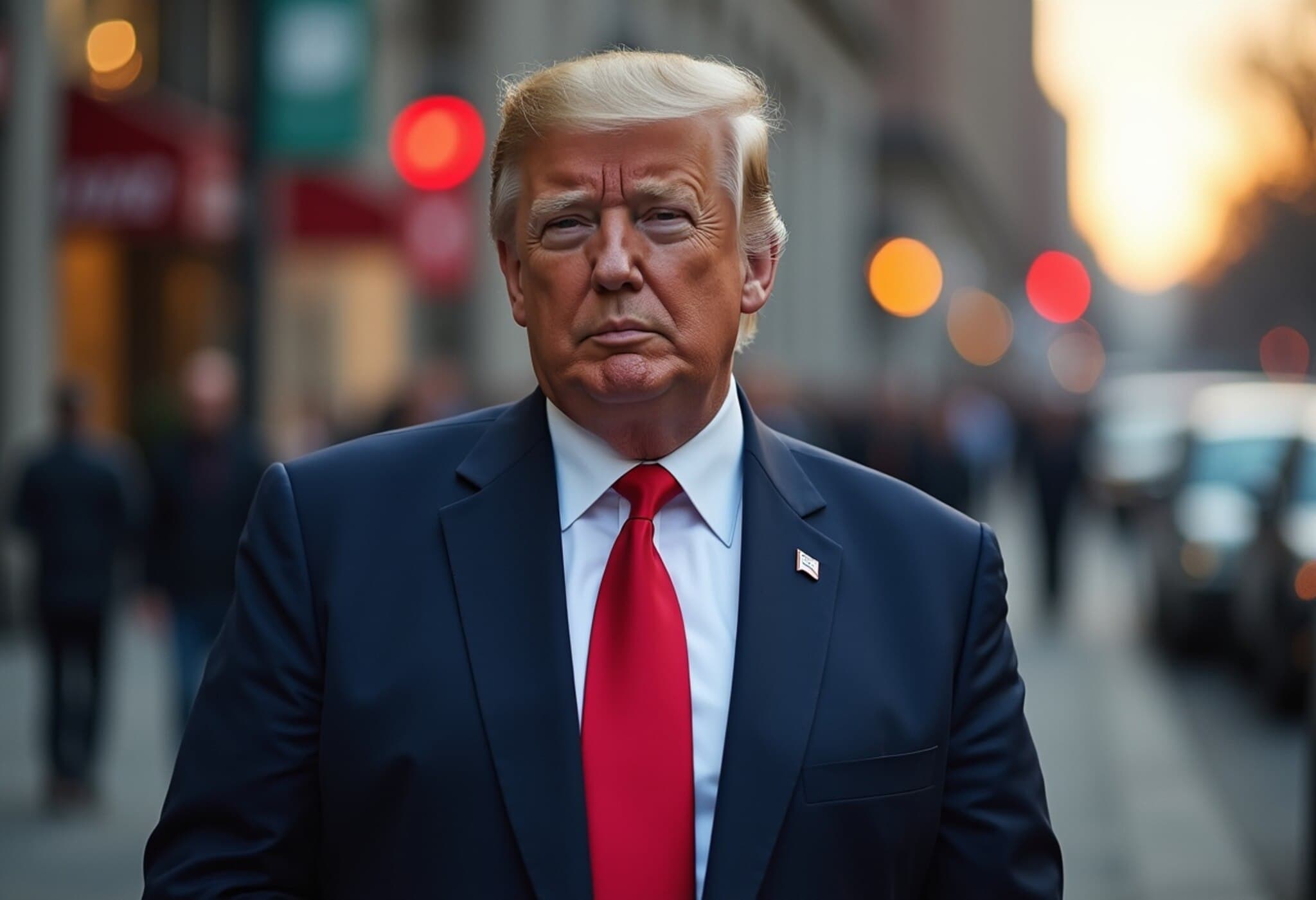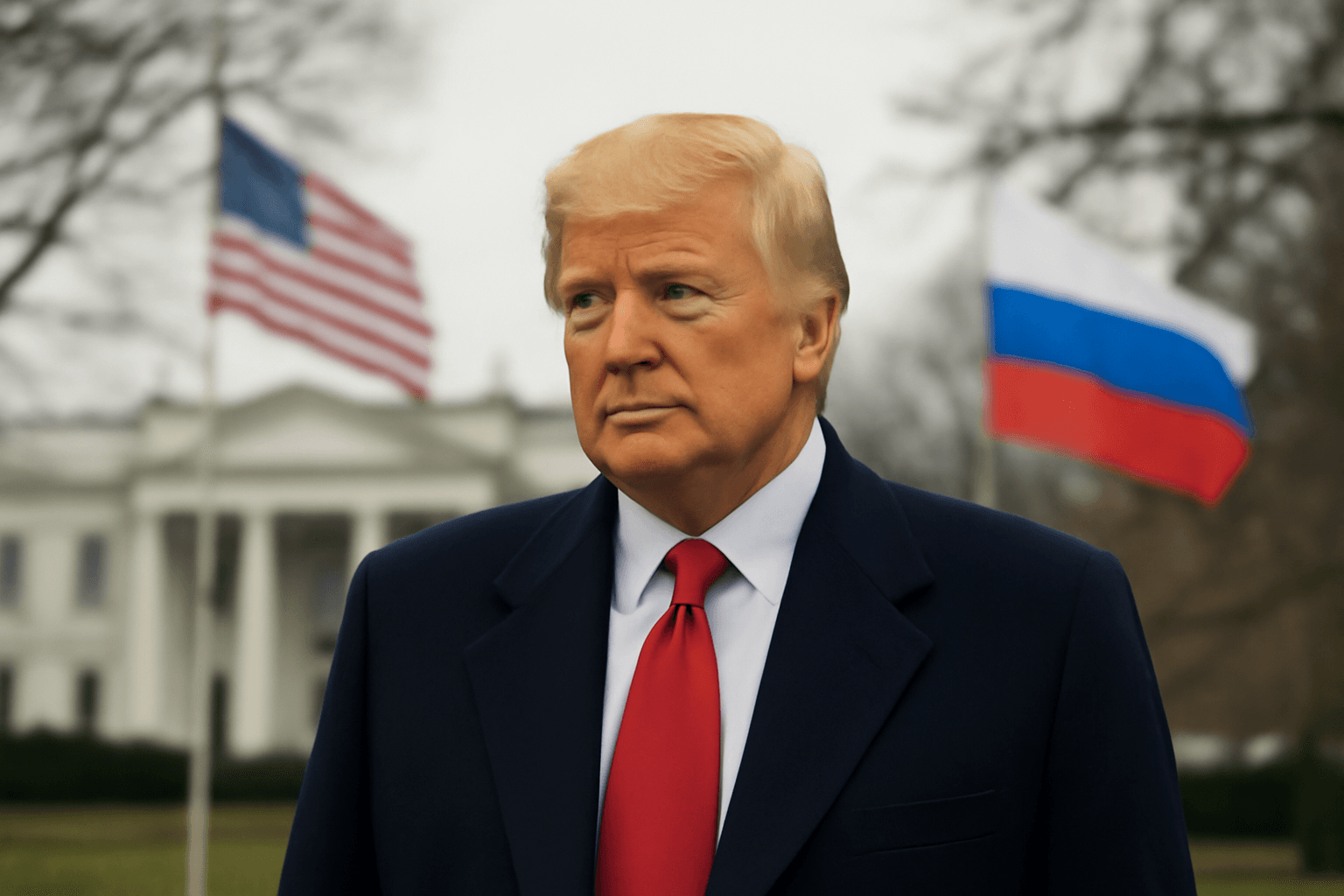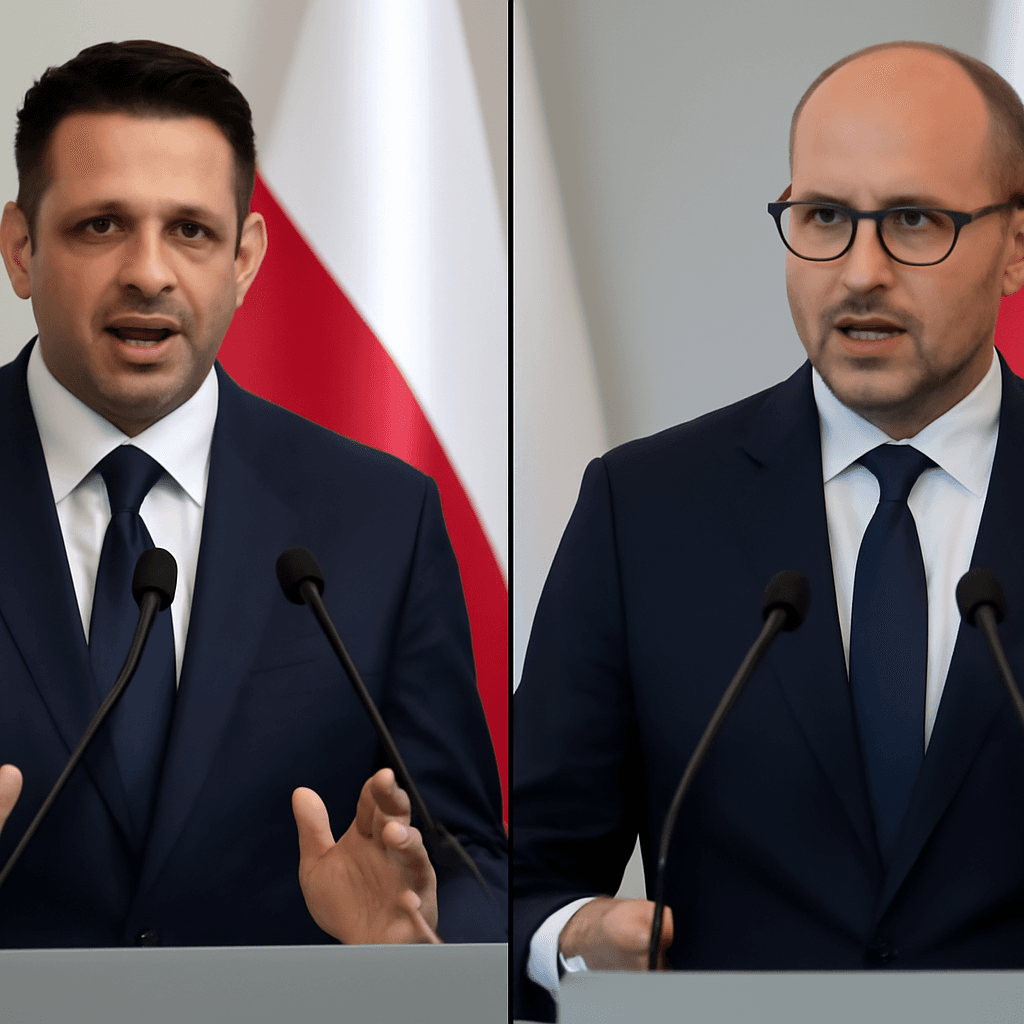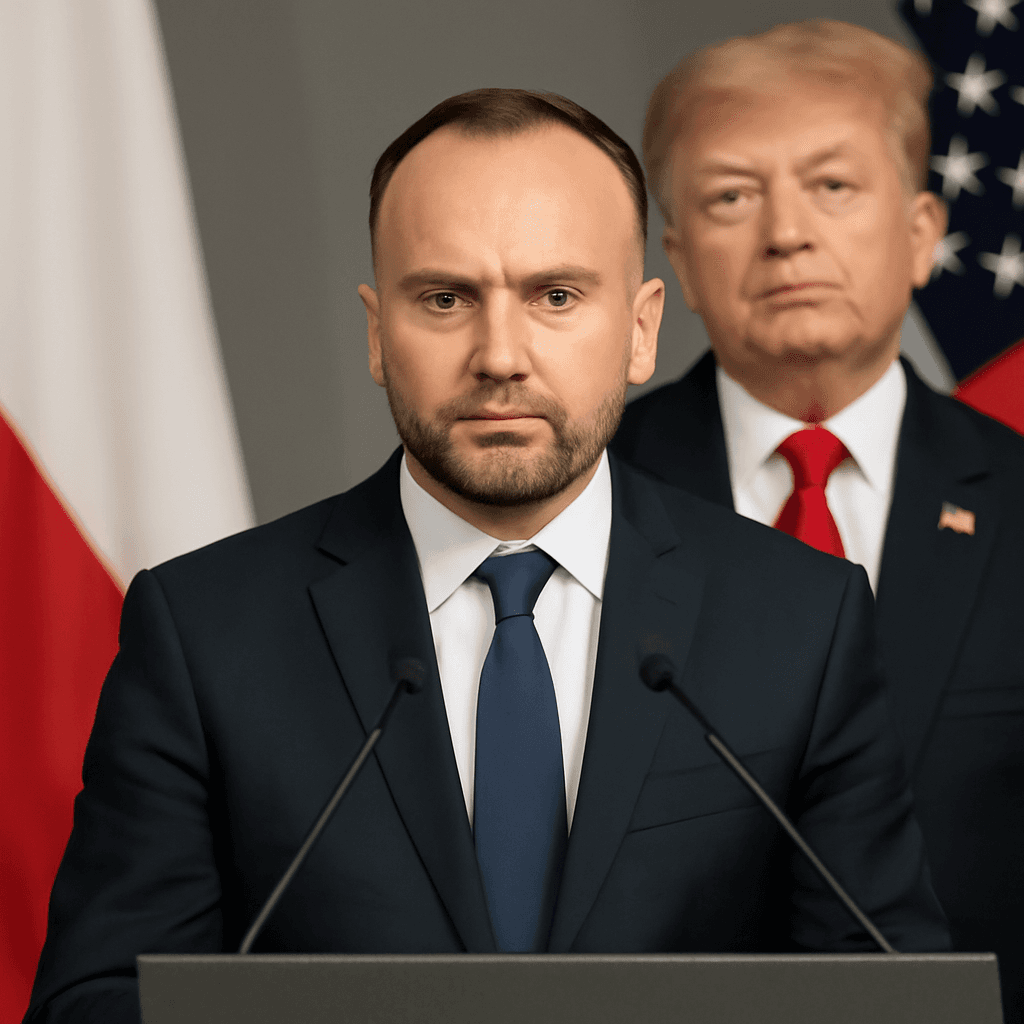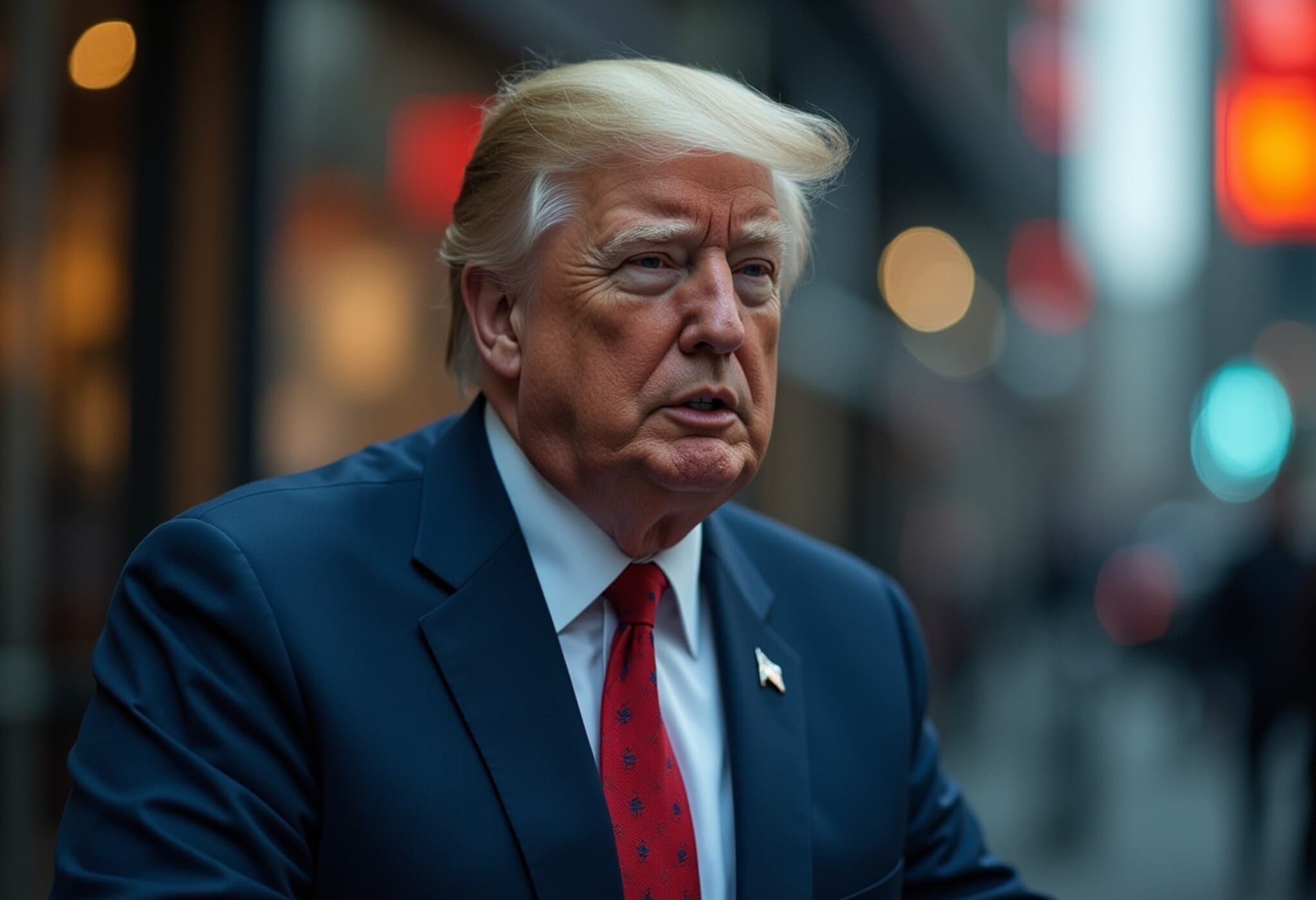Trump Declares Landmark Trade Agreement with European Union
In a surprising turn of events on July 28, 2025, former U.S. President Donald Trump announced that a significant trade deal has been reached between the United States and the European Union. This development signals a potential realignment in transatlantic economic relations, long characterized by complex negotiations and occasional tensions.
Details Behind the Agreement
While specific terms of the agreement have yet to be publicly disclosed, early indications suggest a comprehensive framework aimed at reducing tariffs, enhancing supply chain cooperation, and addressing regulatory barriers that have historically hindered trade between the two economic giants. Experts believe this deal could pave the way for increased market access on both sides of the Atlantic, benefiting industries ranging from manufacturing to technology and agriculture.
Why This Trade Deal Matters
The United States and the EU together represent over 40% of the global GDP, making trade relations between them critical for global economic stability. This deal could alleviate the trade frictions experienced during previous administrations, including tariff disputes and concerns over regulatory standards.
Moreover, the agreement might serve as a strategic counterbalance to growing economic influence from China, signaling an alignment of Western economic powers.
Contextualizing Trump’s Trade Strategy
Donald Trump’s approach to trade during his presidency often drew headlines for its boldness, including imposing tariffs and renegotiating various trade agreements. This announcement marks a shift towards a more collaborative posture with Europe—though some analysts remain cautious, urging scrutiny of the deal’s fine print before celebrating.
Expert Insights
- Trade Policy Analyst Dr. Elaine Richards notes: “If verified, this deal could revitalize transatlantic economic cooperation and set a precedent for future agreements prioritizing resilience amid geopolitical uncertainty.”
- Economic Strategist Mark Jensen adds: “The timing is notable, as global supply chains struggle post-pandemic. Enhanced collaboration with the EU could accelerate recovery and innovation.”
Questions That Remain
Despite the optimism surrounding the announcement, several questions linger:
- What are the specific sectors and products impacted?
- Will this deal address contentious areas like digital services and data privacy?
- How will this reshape U.S.-China-EU economic dynamics?
Until detailed documents and official statements are released, these questions remain key to understanding the long-term implications.
Looking Ahead: Economic and Political Implications
For U.S. policy makers and business leaders, the trade deal could offer new opportunities for growth and cooperation. At the same time, political analysts suggest it might influence upcoming elections and diplomatic strategies, reinforcing U.S.-European ties in a changing global order.
This development warrants close monitoring by all stakeholders—governments, businesses, and consumers alike—as it unfolds in the coming weeks.
Editor’s Note:
While the headline of a new U.S.-EU trade deal carries significant promise, the devil is in the details. Readers should watch for official releases and expert analyses to separate fact from political rhetoric. This announcement underscores the dynamic nature of global trade and the balancing act policymakers face amid competing economic pressures and geopolitical concerns.



